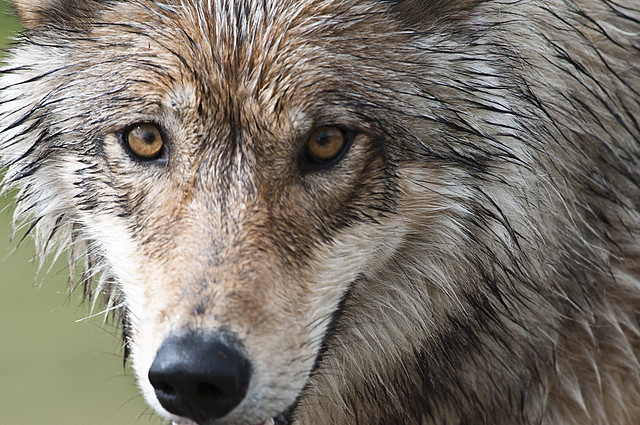Wolf Pups Bring Hope — But Colorado’s Wolves Are Still in Crisis
Wolf Pups Bring Hope — But Colorado’s Wolves Are Still in Crisis
Wolf pups have been spotted again in Colorado. In a world so often marked by loss and destruction, this news brings much-needed hope: life is continuing. Families are growing.
But behind this hopeful image lies a stark and urgent reality. Colorado’s wolves—newly reintroduced after decades of absence—are struggling to survive, and they are dying at the hands of the very systems meant to protect them.
Since Colorado voters chose to reintroduce wolves to the state, 25 wolves have been released. Nine of them are already dead. That’s more than one in three. Most of these deaths have come at the hands of humans.
Some were poached. One was killed by Colorado Parks and Wildlife (CPW) itself. Others have crossed invisible lines into Wyoming, where federal protections disappear and cruelty is legal. One collared wolf was shot by USDA Wildlife Services during a livestock conflict response. These are not random tragedies. These are the result of a management system that still sees killing as a tool and conflict as inevitable.
We are at a tipping point. Colorado’s wolf population is far too small to withstand this level of loss. Scientific models of “acceptable” mortality—25 to 30% annually—are based on long-established populations, not a fledgling group trying to gain a foothold.
As biologist and author Marc Bekoff writes, these numbers ignore something even more important: the lives of individual wolves. Every wolf matters. Every life lost is a family shattered.
Wolves aren’t just symbols or statistics. They are living, breathing, feeling animals with families, relationships, and memories. When CPW killed Wolf 2405, they didn’t just remove a datapoint—they ended a life. They broke up a family. The mother lost a son. His siblings lost a brother.
We encourage you to read Marc Bekoff’s recent reflection, “Colorado’s New Wolves: A Story of Tragedy, Killing, and Survival.”
He writes: “We’ve killed too much, too often. It’s high time for wolves to be respected for who they are, rather than being used as unfeeling objects—as pawns—for people with different conservation or political agendas.”
Coexistence is not a radical dream. It’s an ethical imperative.
Colorado has a second chance to lead. We can choose a different path—one where coexistence does not include killing, where the lives of wolves aren’t seen as expendable. We can invest in non-lethal conflict prevention, support rural communities with real solutions, and shift toward a model of compassionate conservation that centers the lives of individual animals and the ecosystems they support.
Let Colorado’s new wolf pups remind us what’s at stake. And let the deaths of their kin be a rallying cry—for reform, for protection, and for the wild future we still have time to create.
Read more: Colorado’s New Wolves: A Story of Tragedy, Killing, and Survival. Then, take action.

